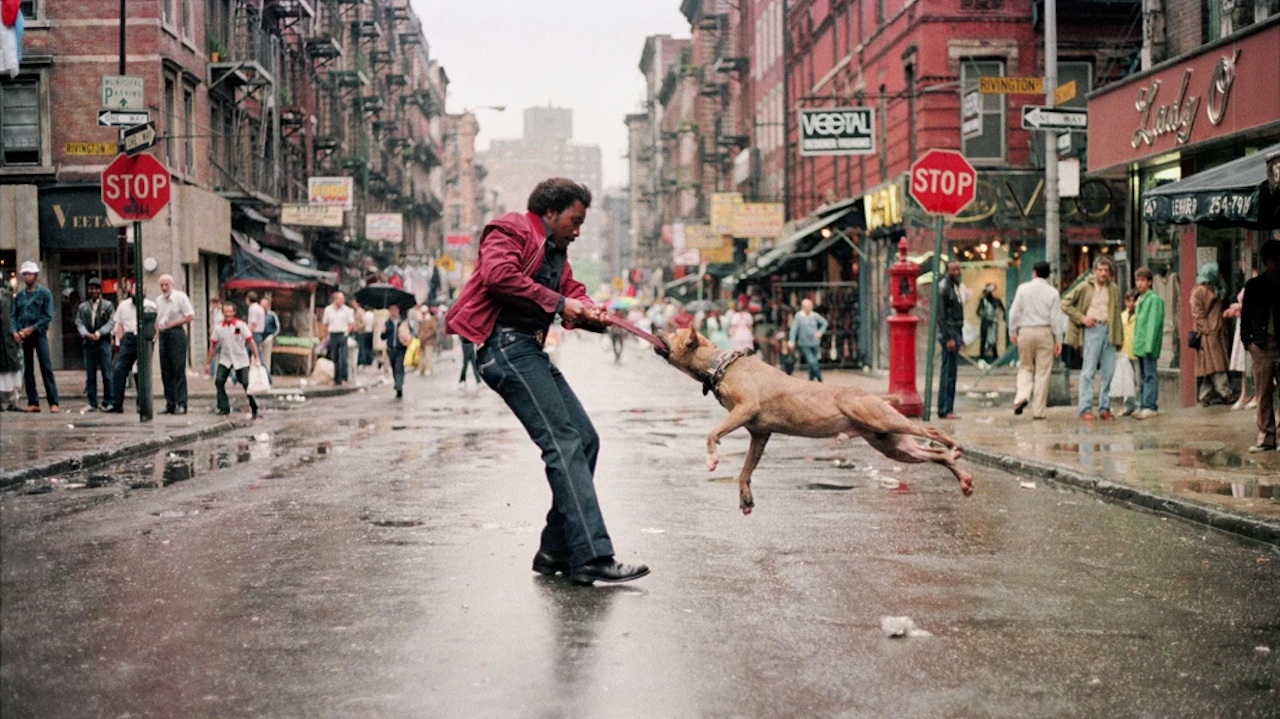The Facts About Street Photographers Uncovered
The Facts About Street Photographers Uncovered
Blog Article
Street Photographers - Questions
Table of ContentsThe Of Street PhotographersSome Known Facts About Street Photographers.How Street Photographers can Save You Time, Stress, and Money.The Definitive Guide for Street PhotographersFacts About Street Photographers Revealed
Road professional photographers do not always have a social purpose in mind, but they favor to isolate and catch minutes which may otherwise go undetected.He was influenced by numerous of those that influenced the road photographers of the 1950s and '60s, he was not primarily interested in capturing the spirit of the street. The impulse to aesthetically document people in public started with 19th-century painters such as Edgar Degas, douard Manet, and Henri de Toulouse-Lautrec, who worked side by side with photographers attempting to catch the significance of urban life.
Due to the fact that of the relatively primitive modern technology readily available to him and the long exposure time needed, he battled to record the hustle and bustle of the Paris streets. He explore a collection of photo methods, trying to discover one that would certainly permit him to record movement without a blur, and he found some success with the calotype, patented in 1841 by William Henry Fox Talbot. While the photographers' subject was essentially the same, the outcomes were substantially various, showing the effect of the photographer's intent on the personality of the photos he created.
Offered the great quality of his photographs and the breadth of material, engineers and musicians often purchased Atget's prints to utilize as referral for their very own job, though business passions were rarely his major inspiration. Rather, he was driven to picture every last residue of the Paris he enjoyed. The mingled interest and necessity of his goal sparkle through, causing photos that tell his very own experience of the city, top qualities that anticipated road digital photography of the 20th century.
9 Easy Facts About Street Photographers Described
They expose the city via his eyes. His job and fundamental understanding of digital photography as an art type acted as motivation to generations of professional photographers that followed. The future generation of street digital photographers, though they likely did not refer to themselves thus, was ushered in by the photojournalism of Hungarian-born professional photographer Andr Kertsz.
Unlike his peers, Brassa utilized a larger-format Voigtlnder cam with a longer direct exposure time, forcing him to be extra calculated and thoughtful in his technique than he might have been if making use of a Leica. (It is thought that he might not have actually been able to manage a Leica at that time, yet he did, however, utilize one in the late 1950s to take colour pictures.) Brassa's photos of the Paris abyss illuminated by fabricated light were a revelation, and the compilation of the collection that he released, (1933 ), was a major success.
Cartier-Bresson was a champ of the Leica camera and one of the initial photographers to optimize its abilities. The Leica permitted the professional photographer to connect with the surroundings and to capture moments as they occurred. Its reasonably tiny dimension also helped the professional photographer fade into the history, which was Cartier-Bresson's favored strategy.
Street Photographers Fundamentals Explained
It is as a result of this basic understanding of the art of image taking that he is usually attributed with finding the medium around again about a century since its development. He took pictures for greater than a half century and influenced generations of professional photographers to trust their eye and intuition in the minute.
These are the concerns I will attempt to answer: And afterwards I'll leave you with my very own meaning of street digital photography. Yes, we do. Let's kick off with specifying what a meaning is: According to (Street Photographers) it is: "The act of defining, or of making something precise, unique, or clear"
No, certainly not. The term is both restricting and misleading. Seems like a street digital photography must be photos navigate to this site of a roads best?! And all road professional photographers, with the exception of a handful of absolute newbies, will completely value that a street is not the essential component to road photography, and in fact if it's an image of a road with perhaps a couple of websites uninteresting people not doing anything of interest, that's not road photography that's a photo of a street.
The Greatest Guide To Street Photographers
He makes a valid point don't you assume? However, while I agree with him I'm unsure "honest public digital photography" will certainly catch on (although I do kind of like the term "candid digital photography") due to the fact that "road photography" has been around for a long time, with lots of masters' names affixed to it, so I think the term is below to stay.
You can fire at the coastline, at a festival, in an alley, in a park, in a piazza, in a cafe, at a gallery or art gallery, in a city terminal, at an event, on a bridge, under a bridge ...
Yes, I'm afraid we scared no choice! Without policies we can not have an interpretation, and without a definition we don't have a category, and without a category we do not have anything to specify what we do, and so we are stuck in a "rules meaning category" loophole!
An Unbiased View of Street Photographers

Report this page